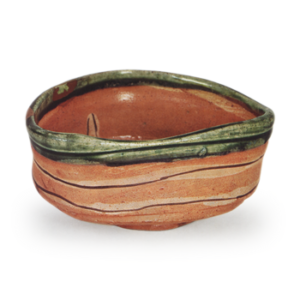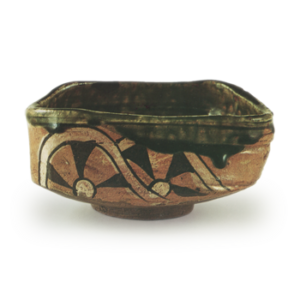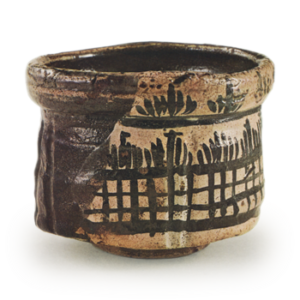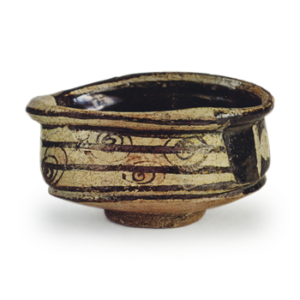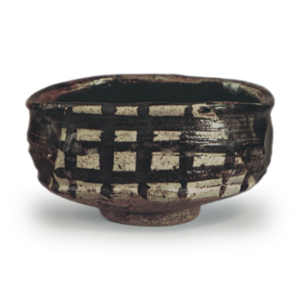Since around 1928, artifacts mainly from the Warring States period have been unearthed in Hui County, Henan Province, China, with a group of black pottery in particular attracting much attention. The five sites investigated were Liuli Ge and Jiwei Village in the northeastern part of Hui County, Zhaogu Town and Qiqiu Village about 9~10 km to the southwest, and Baiquan Village about 1.3 km to the north. Of these, the tombs are all from the Warring States period, except for a Shang period tomb in Liulihekou and part of Jiaqiu Village, a late Qian Han period tomb in Liulihekou and part of Jiaqiu Village, and a late Qian Han period brick chamber tomb in Baiquan Village. In Liulihekou, 27 Warring States tombs were surveyed from an area measuring approximately 600 meters east to west and 460 meters north to south. In particular, a chariot pit containing 19 carriages and horses was discovered, revealing the structure of Warring States-era carriages down to the smallest detail. In the surrounding villages, three large graves from the Warring States period were found in a row on the east and west sides of the village, with two small graves to the west. The central large tomb had a stone pavement around the grave pit, and above the pit were the remains of a tiled hall with a foundation stone and tiled roof. The tomb chamber, which had already been stolen, was built at a depth of 15 to 17 meters, with a wooden burial chamber containing a wooden coffin and a number of gorgeous burial accessories, and covered with a slab. The first tomb was larger than the others and contained more artifacts than the others, especially noteworthy artifacts such as a picture album and gold car and horse ornaments. There are fifteen warring state tombs in Yeongqiu Village, all of which have rectangular pit-type chambers measuring 2.3 meters in length and less than 2 meters in width. The majority of the burials consisted of a combination of earthenware such as dings, beans, jars, vessels, and bowls, with only a few bronze vessels and jades found in the slightly larger tombs No. 2 and 3. The pottery excavated from Hui County is mostly black or deep gray earthenware that seems to have been copied from bronze vessels, with certain combinations of dings, beans, and jars, as well as painted surfaces in vermilion, yellow, and black. Although the black terracotta itself, which is easily associated with Hui County, was not found, the mud terracotta remnants found in Tomb 140 of Ryurikaku are thought to be of the same type in terms of their expression.
